|
A few days ago, we were walking down our street in the El Carmen neighborhood of historical Valencia, Spain and found ourselves stopped in front of this door. It's one of many, incredible, unique, and MASSIVE doors that we walk past every day but rarely pause to appreciate. We started thinking of all the cool doors we've come across over the past 18 months. Evidently we have a thing for doors because we've stopped and photographed them all over the world. They say when one door closes, another one opens. We're not sure how that applies here, but these are 29 of the best, most beautiful doors we've found, in no particular order.
3 Comments
After nearly three months of traveling across Southeast Asia, it’s time to wrap things up. We’ve traveled through 4 countries, 23 cities, slept in an endless number of hotel/guesthouse/homestay beds (26 to be exact) and have taken 10 flights, 8 bus rides, 6 ferries, 1 train ride, and a seemingly endless motorbike ride. We’ve covered a lot of miles and had some awesome and not-so-awesome moments along the way. Here’s a list of the best, and most forgettable, moments from our 79 days in Vietnam, Cambodia, Indonesia, and Thailand (in no particular order).
The best moments in Southeast Asia
The most forgettable moments in Southeast Asia
So, obviously there are quite a few things about Southeast Asia we won’t miss. Some examples, you ask? Well, we definitely won’t miss constantly smelling like 100% Deet bug spray in a desperate attempt to avoid malaria and dengue fever. We won’t miss all-in-one bathroom/showers. We won’t miss the (pardon our French) shitty roads and ridiculously long bus rides, or having to buy bottled water everywhere. We also won’t miss the bland, monotonous Asian lagers and pilsners, the presence of very large rats and poisonous SNAKES, and least of all, super sketchy ferry rides. But there’s plenty more parts of Asia that we will truly miss. First and foremost, the food! It’s delicious, accessible, and super cheap. The way these countries balance flavors, especially hot and cold, spicy and sweet, is unbelievable. It’s difficult to find authentic food of this quality in the United States. Southeast Asia is also a really, really beautiful part of the world where natural wonders seem to pop up out of nowhere. Ha Long Bay, Vietnam, the mountains of Northeast Thailand, Koh Phi Phi, and Ubud, Indonesia are just a few of the truly amazing places we will never forget. We’ll also miss the people, who so often were incredibly gracious, humble, and welcoming to us. We made some great friends along the way that we’ll stay in touch with for a very long time. We’ll miss our favorite snacks, like green tea Cornetto ice cream cones, Paddle Pop popsicles, Milka Crackers and banana chips. We’ll miss the motorbikes that are EVERYWHERE in SE Asia, sometimes with entire families (up to 5 or 6 people) all riding together. We’ll miss Buddhism, Hinduism, and the beautiful temples that dot the tropical landscapes across these countries. We’ll miss 50 cent bottles of beer, Vietnamese coffee, Indonesian Arak, one dollar smoothies, and fresh fruit (mangoes, coconuts, passion fruit and apple bananas) everywhere. We stayed in some very beautiful hotels and homestays for very little money, which we’ll definitely miss. But most of all, we’ll miss the feeling of freedom; of being unattached to the pressures and stress of the western world. Life exists in a different way there, with a stronger connection to the very simple, but very important, parts of life. There’s such beauty in this simplicity, which is found everywhere in Southeast Asia. This way of living, unattached to the western version of “success” and grounded in family and tradition, is something we won’t only miss, we’ll do our best to take home with us. Two months in and we’ve successfully adopted a few simple travel mantras. One is to be respectful and open to new cultures, another is to be familiar with the history of the region before visiting, and another is to do our very best to eat like a local (sans meat and nuts, of course). So, when we had the opportunity to visit a local fish market followed by a half day private Balinese cooking class with the Executive and Sous Chefs at the new Ritz Carlton Bali, we couldn’t pass it up. Looking more like a futuristic city on a recently discovered planet than a luxury hotel, the brand new Ritz Carlton sits perched on the side of a south Bali cliff, teetering above the Indian Ocean. Down a huge space age glass elevator, beautiful new suites and villas sit next to the ocean and eager staff members wait with carts to drive you to your room. The hotel is exactly what you expect - spacious, elegant, completely over-the-top, and not at all how we’re used to traveling. But we happily jump at the chance for some 5-star pampering, and the opportunity to hang (and do a little work) with our friend and fashionista travel blogger, La Carmina, to wrap up our Bali trip. As we make our way through the maze of fishing boats sitting on the shoreline, the chaos of the morning market engulfs us. Pairs of men carrying huge baskets of shiny fish on a 3-foot board across their shoulders scurry past us, to the women who sit, ready to sell, behind stalls at the market across the street. We’re informed that the fishermen are often out to sea for up to 12 days at a time, fishing through the night and sleeping on their boats in small clusters. The market sells every type of fish you can think of. Giant yellowfin tuna, huge squid, and every mollusk under the sun (or sea) are available. We’re the only tourists here, and with our Chef tour guide, have VIP status. We watch as he walks the narrow corridors with confidence, waving hello to friends and neighbors who are picking up fish for their families (without refrigeration, many local woman visit the market each morning to pick up everything needed for the day’s meals). The sense of community and daily ritual is evident, and amidst the chaos, we’re grateful to be silent observers. Back at the hotel, we gather in the spacious kitchen and are introduced to Master Chef Made Suriana (Made, the traditional Balinese name for the second born son) of the signature Balinese restaurant, Bejana. Reminiscent of a Mario Batali episode, the pre-prepped ingredients sit perfectly chopped and julienned in small bowls. We recognize some of the Asian flavors we’ve grown accustomed to: ginger, lemongrass, coconut, turmeric, garlic, shallots, and red chilies. As we get started, we also learn about new herbs and spices: pandan, a green plant that is a key ingredient in many local dishes, salam leaves, similar to a large bay leaf, and kaffir lime leaves. From scratch, we craft two "spice pastes" similar to a curry paste, one for seafood and one for meat (which we substitute for tofu and tempeh). The three of us take turns stirring and tasting as each spice is added into the pot to be later muddled together. The two pastes are very different, one deep red and one bright yellow, each bursting with unique flavors. From the spice pastes, Chef Suri demonstrates how to make a variety of dishes, from a curry-like sauce over rice, to minced mahi mahi satay (a kabob that is grilled on lemongrass reeds), to steamed tofu wrapped in folded origami-like banana leaves. After we complete our main courses, we move to dessert, learning how to make dadar gulung, rolled thin green pancakes filled with coconut and palm sugar. We eat two each before lunch is served.
We dig into the food that we spent the morning creating from a picturesque table near a window overlooking the ocean. Nasi goreng (Balinese fried rice) accompanies the tofu, tempeh and fish satay. We sip Bajigur, a hot spicy ginger and coconut milk concoction from Java that we all swoon over, prompting a serious brainstorm on how we can open a Bujigur shop when we get home. It's one of those meals that we will remember forever, not just for the fantastic food, but for the chefs who taught us their craft and the time that goes into creating such a feast, and for the good friend that we shared it with. Smashing across the Badung Strait on a small speedboat half full of locals, we’re heading for the tiny island of Nusa Lembongan. Each time the boat catches air, we brace for the impending plummet as it slams into the rough afternoon sea. The red sign in front of us reads “life jackets below the seat”, but after a quick inspection, there are clearly none to be found. We smile and grimace, taking in the thrilling ride one wave, and loud “smack," at a time. the island Twelve kilometers southeast of Bali, across the sometimes "dicey" Badung Strait, is the small island of Nusa Lembongan. With a population of 5,000 people, the 8 square kilometer island is home to beautiful limestone cliffs, white sand beaches, turquoise water and coral reefs. In recent years, it has become popular amongst tourists with more western restaurants and small modern resorts joining the established guest houses in two main villages. However Lembongan still feels like a throwback in time, with seaweed being dried on giant tarps along the shoreline, kids flying kites at sunset and a virtual silence that sets in after 8:30pm. Narrow, tangled streets accommodate motorbikes, "push bikes" (aka bicycles), and small hotel minibuses, making up the island's only transportation options. On the southeast shoreline, a yellow wooden suspension bridge over a narrow channel of water connects it to the neighboring island, Nusa Ceningan. Renting motorbikes and cruising around the two islands is a thrill, with potholed streets hugging the shoreline, hilltops with views of Bali in the distance and countless locations that feel virtually undiscovered. where to go The restaurant scene leaves much to be desired, with a handful of pricey western options combined with a good amount of warungs, some better than others, but all serving an odd combo of curry, seafood and Italian dishes. Channeling the many environmentally-conscious restaurants in Ubud, Bali Eco Deli offers small but tasty salads, amazing smoothies (don't miss the delicious date smoothie) and healthy pastries (all a bit pricey compared to local standards but worth the extra few dollars). They also act as a recycling center, collecting plastic bottles and shipping them back to Bali to be recycled. Lembongan lacks the infrastructure for a recycling center and garbage remains an ongoing struggle. We witnessed piles of trash and plastic bottles being burned multiple times during our five day visit, making supporting Bali Eco Deli a no-brainer. Bring your own reusable bottle and get 10% off your check, plus filtered water refills. Oh, and we love their signage (think of the kittens!). Warung Bu Candra is a very basic but a tasty and completely local restaurant. Dishes are between $1-2 and the owner is extremely welcoming. On the other end of the spectrum is Hai Tide Bar and Grill, which sits on Mushroom Beach and serves some fancier food, a combination of Indonesian and western classics. Both spots have a variety of vegetarian options and while Hai Tide is definitely more expensive, we were still able to share a delicious dinner dinner for about fifteen bucks and enjoyed the seaside setting. The best coffee/wifi combo we on the island is at Two Towers, sitting on the top of the hill in between Lembongan and Jungut Batu villages. The setting is idyllic and it is managed and ran by some of the nicest people we encountered. Try the inexpensive veggie sando or any of the strong coffee drinks or smoothies. living dangerously: night walks on Lembongan
Shuffling through the hilltop cemetery in the pitch black night, a sudden wind blows through the trees and across the pothole stricken road. Why we chose to walk the 1.5 miles through this dark, deserted island back to our homestay for the third night in a row, we can't say. It all started the night we arrived on Nusa Lembongan. We took a short walk to the beach that afternoon before discovering a cliffside path to the main village just over a mile away. In the daylight it was gorgeous, as picturesque as almost any place we'd been so far, with the turquoise blue waters gently lapping over the coral reef below, the local fishing boats bobbing in the distance. But after dinner, once the sun had set and the black night enveloped the sleepy island, we knew the walk home would be interesting, to say the least. Navigating the tiny web of village streets to get on the main road was difficult enough, but our phones were both on the verge of dying. A collective 20% of battery life we desperately tried to save so google maps could guide us home. Up a steep incline, past Panorama Point, is where we first found the cemetery. Not knowing it was there, the raised cement coffin-like headstones sitting under strange umbrellas was the first indication of what we'd stumbled upon. Quickly pushing through, only the light of a mini flashlight to guide us, the headlights of a small passenger van crept up... On the second night, we decided the cliffside path would be a better route home. After all, this time we'd brought Megan's headlamp and had familiarized ourselves with the island. Starting out, with bellies full from dinner, everything seemed so easy. We walked on the path, among piss-drunk Aussies and past swanky villas. But soon our mates from “Straya” veered off, heading to their villa, and we'd only made it a third of the way home. No worries, we had this, we thought. Crossing a small beach before climbing a steep, rocky section of the path inoto a forested area, feeling a bit less confident, we picked up the pace. A sudden rustling in the bushes! “Shit, what is it?!” Flashlights shining, large beer bottle ready for a defensive move, we saw the lovely brown cow we'd just met yesterday, as startled by our presence as we were her's. Confidence plunging, we hastened the pace once again. Megan swinging her flashlight behind her each time the trees whispered in the dark windy night. The jungle gave way to deserted huts and buildings under construction as a man walked quietly down the stairs toward us, from a spot up the hill. He followed us for a few hundred feet (probably to ask if we needed help, but we weren't going to risk it) before we made it to a restaurant, a sign that civilization and our home was near. On night three, and with flashlight and headlamp guiding the way, we high-five once making it through the cemetery. A group of local men on the balcony of a nearby shop say hello and exchange a few laughs at the expense of our nighttime “trek." But we don’t care, we’ve made it through the worst part and we’re feeling good. Back down the hill, we stumble upon a small house/store, almost within shouting distance of our homestay. Having succeeded in making it home alive through impossible circumstances for the third night, we reward ourselves with Paddle Pops (local, awesome, popsicles often consumed twice a day) and laugh at our exploits the rest of the way home. The moral of the story: Sometimes it's worthwhile to take the dark, semi-sketchy way home. We wouldn’t do it again, but if we hadn’t done it in the first place, there wouldn’t be a story at all. Driving up toward Ubud, the seaside chaos gives way to narrow streets lined with Hindu shrines and terraced rice fields surrounded by coconut trees. Maybe it's the subtle shift in climate, or the incense burning in front of each home and shop, but almost immediately, we get it. There is a calm energy (or "vibe" as our fellow Ubud travelers would say) to the gorgeous hillside town. Art galleries are found on nearly every corner and open-air coffee shops are full of happy transplants and tourists enjoying a cappuccino or pressed juice post yoga sesh. People are squeezed shoulder to shoulder at the local market and trendy boutiques display hipster mannequins in the windows. Within minutes of arriving, it's apparent that we aren't the only people who thought it was a good idea to explore Ubud. We manage to locate our homestay, Kamol House, about a kilometer out of town in the middle of a rice field. As we walk single-file down the narrow raised path, rows of rice in swampy water glow neon green below us. We reach the home, a Hindu offering resting dutifully on the front gate, and meet the three generations of family members and two puppies. We're warmly welcomed and invited to a local music and dance performance by the oldest son Wayan, but he goes by Sudi (we later learn that Wayan is one of three potential names given for the oldest son in Balinese culture, making it very common and easy to remember). That evening, following a lot of exploration, we make our way to the local dance performance. It's the second annual Royal Weekend Performance, with traditional Balinese dance accompanying world renowned ballerinas from Singapore and Japan. It seems like everyone who's anyone in Ubud's art community is present and the dancing and music is phenomenal. Benefiting from the abundance of healthy vegetarian food options, we indulge in our first western salads (greens, grilled veggies, avocado, cheese, etc) at Kismet Cafe since leaving the States. We also discover Arak, a local spirit that, when mixed with lime juice and honey, goes down dangerously easy. The "Arak Attack," as it's called, is potent and delicious, especially when enjoyed from Mingle Cafe & Lounge's second story open-air dining room. Happy hour two-for-one specials are definitely the way to go. Our other favorite spots for eats and drinks in Ubud are the trendy Indonesian tapas of Dapur Bunda, the understated, local, and cheap Dewa Warung, Warung Citta Ovest's amazing happy hour pizza and beer deal, and the awesome pour over coffee from Flabird Coffee. After a few days exploring, we decide that Ubud is the perfect little hilly town. Surrounded by beautiful rice terraces and jungle, it offers all of the culture and art of Bali but with all the comforts and ease of home. Its easy to love. the details:
the lowdown on our favorite spots:
Flying in to Bali from Cambodia on a plane full of western tourists feels more like a trip to Hawaii or Mexico than a visit to Indonesia. A volcanic island paradise situated between Java and Lombok, it's home to over 4 million people and the highest percentage of Hindus (85 percent) in Indonesia. Bali is covered with temples and soaked in spirituality, music, and art; some of the reasons its popularity as a tourist destination catapulted in the late 1990’s. Since then, planes like these, packed with visitors from all over the world, have become a common occurrence. But first impressions can be dangerous. After swiftly passing through airport immigration and customs, paying out the recently increased $35 visa fee, we’re approached by dozens of taxi drivers offering trips to nearby Legian for $20, when it’s barely 3 kilometers away and should cost $8. We let them know that “we’re okay” and find another, fair, offer. The bad news for them is that we’ve implemented a new travel rule: don’t go with the guy who tries to rip you off. Avoiding the sharks and making it into Legian, we’re greeted by a massive party scene, full of one way streets packed with bars, clubs, restaurants, and shop owners slinging hats, sunglasses, tee shirts, and viagra. At night, the offerings become more varied as marijuana, cocaine, and sex are added to the menu. Middle-aged men utter "You want something, boss" under their breath, while young, scantily-clad women say "Hey daddy" from nearby motorbikes. Easily the worst addition brought on by tourism in such a beautiful place. But the reasons people flock to this small island are clear. Massive waves crash on wide beaches, while skinny stone paths weave between thick walls amidst the tropical overgrowth that fills the space in between. We’ve found a quaint little hotel with a pool, just off the main road and it’s only $25 per night. From there we explore the web of one way streets that connects Legian with neighboring Kuta (the real party capital) and Seminyak (a slightly swankier version of Legian). Managing to avoid the mass of “western” restaurants offering pizza and nachos, we stumble upon Warung Yogya, which serves up our first taste of Indonesian food. The soupy coconut vegetable curry is on point and the gado gado is fresh and flavorful. Eating local has its benefits - we share a starter, two entrees and a large Bintang beer for around $7. After two nights near the beach we’re heading to the hills, to the rice fields, temples, yogis and floaty hippies of Ubud. the details:
|
Cohica TravelA travel design agency. Categories
All
Archives
October 2023
Follow us on Instagram @CohicaTravel
|

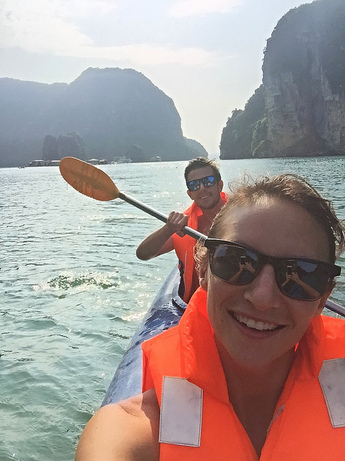
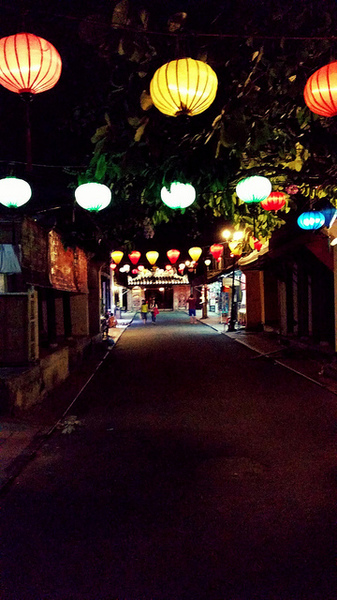
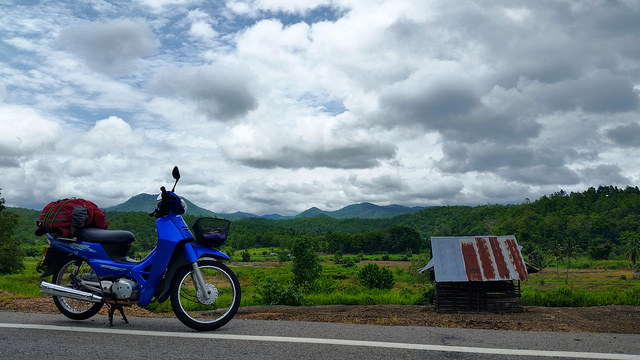
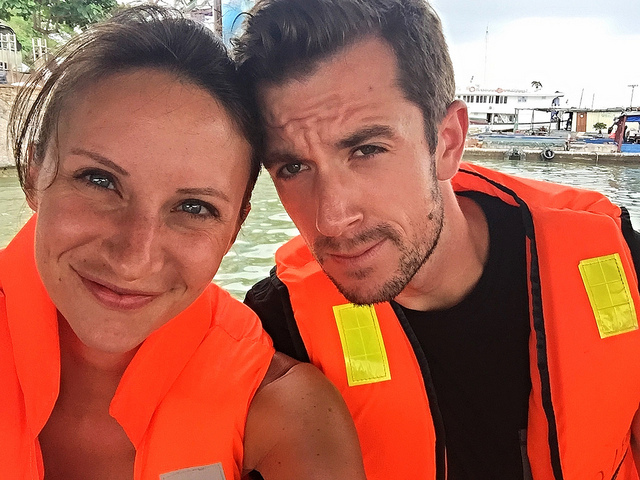

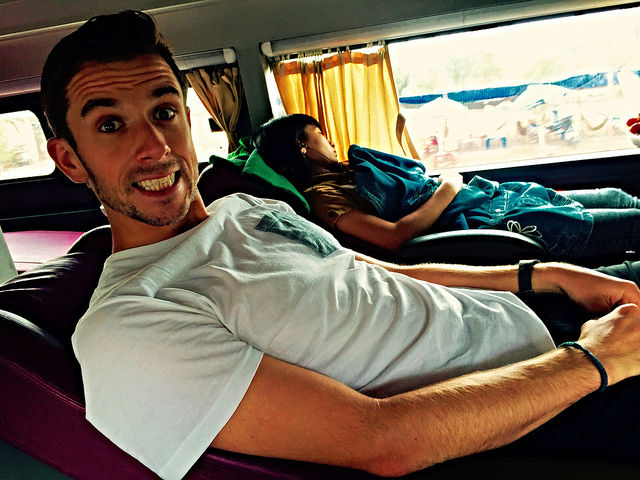
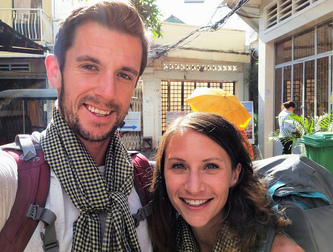
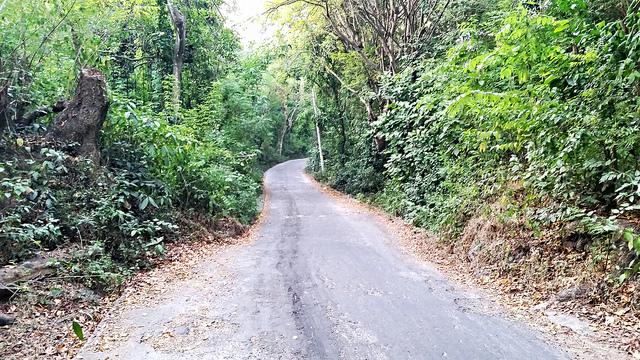
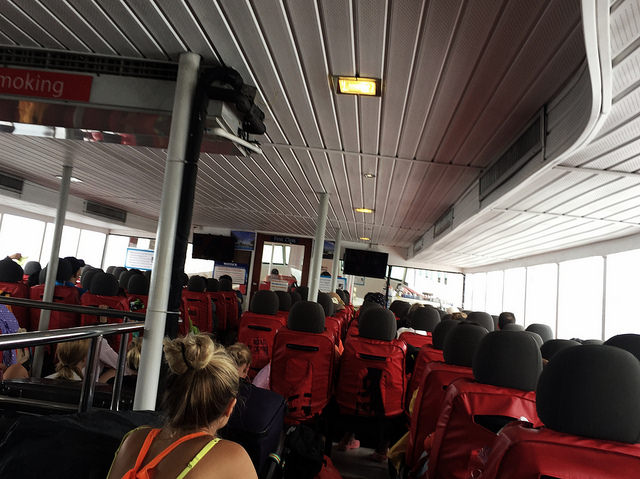
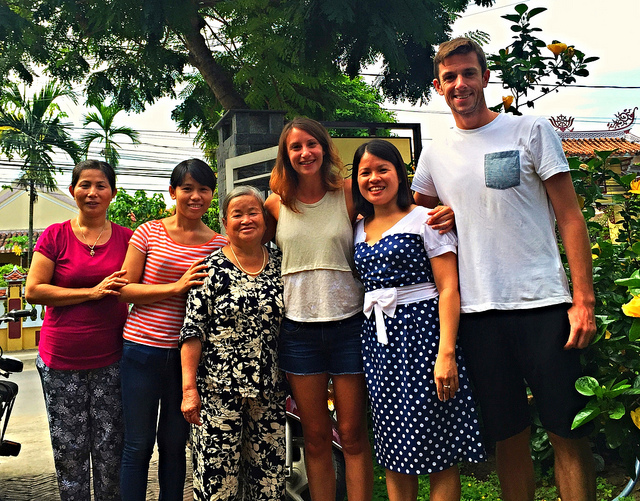
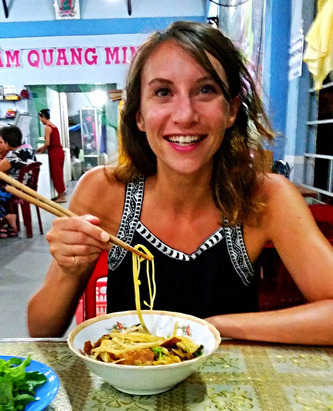
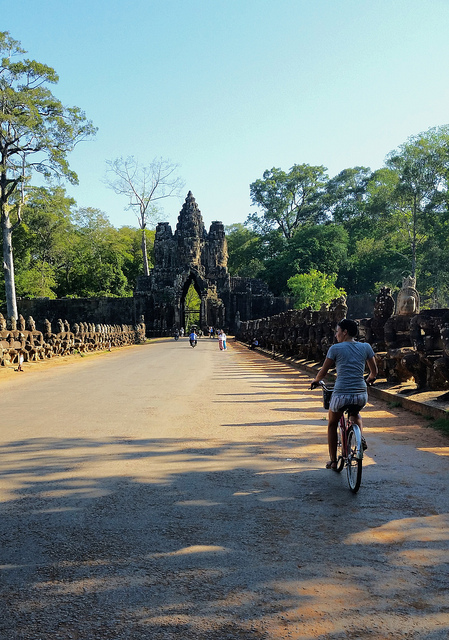
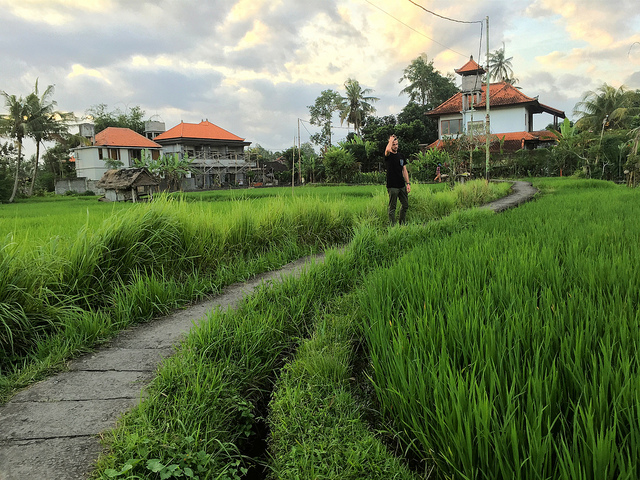
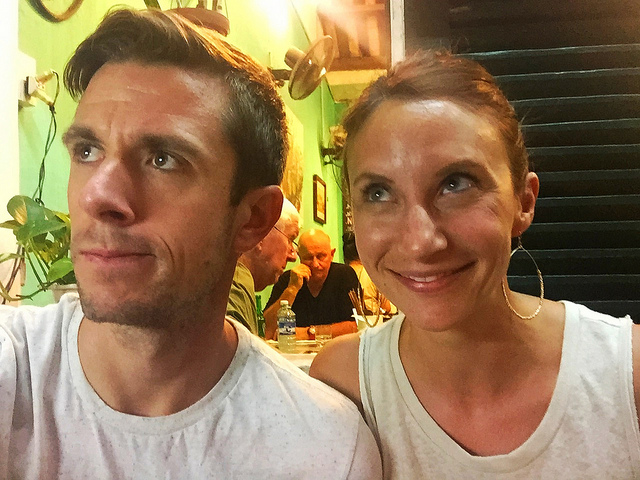
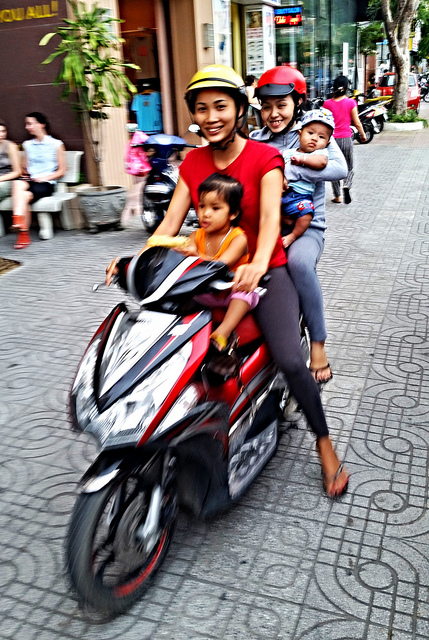
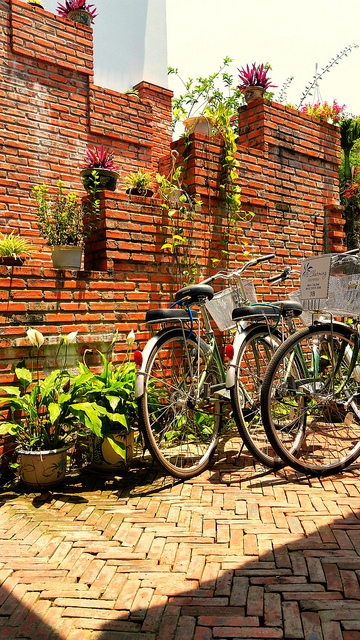

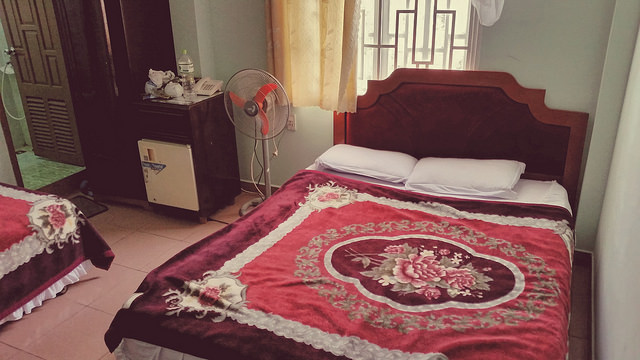
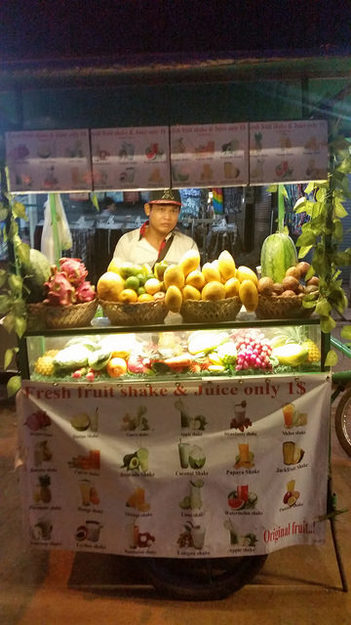
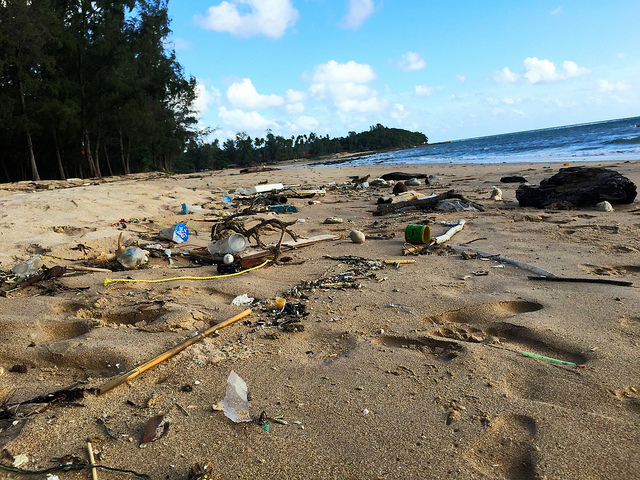
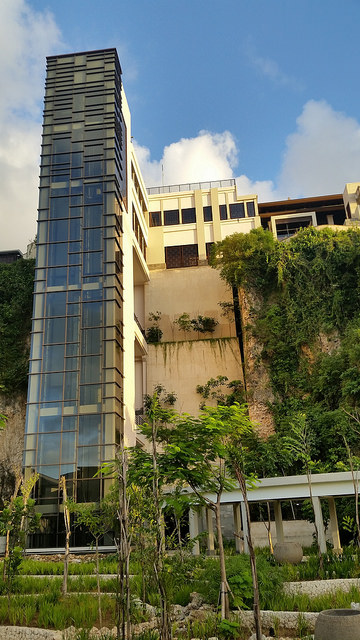
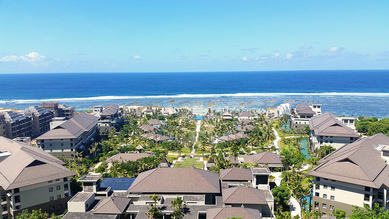
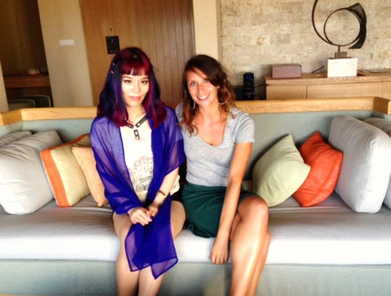
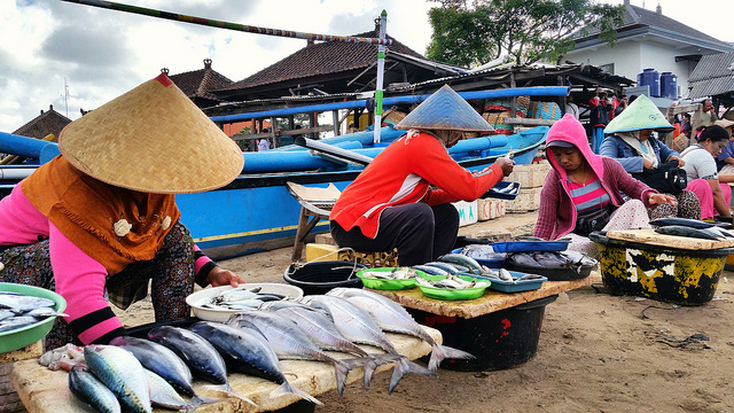
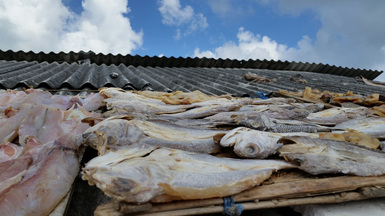
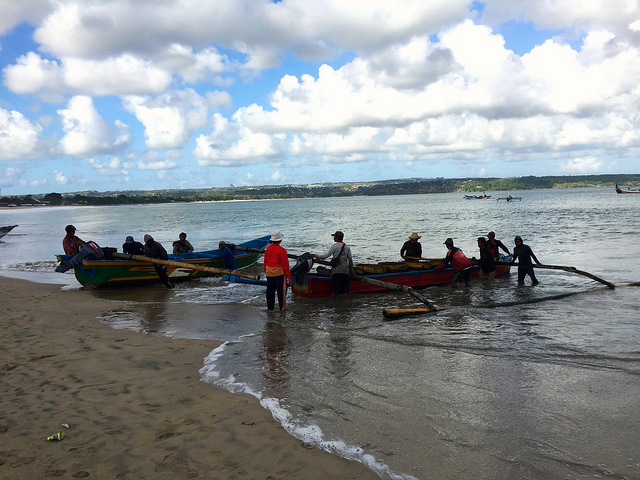
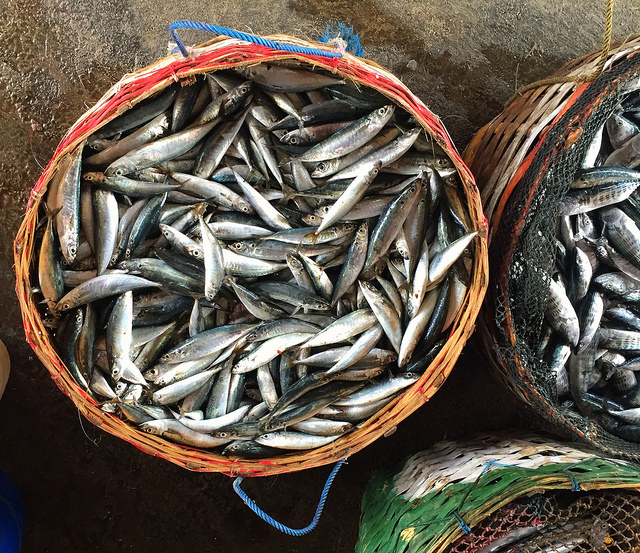
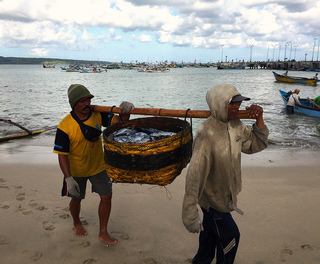
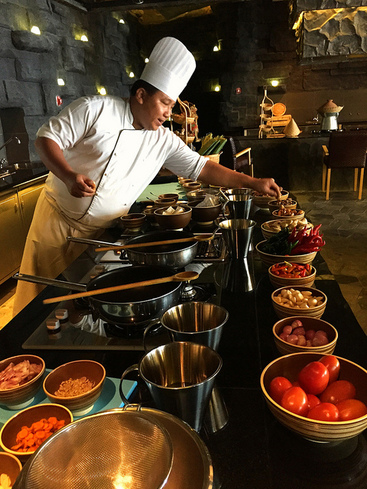
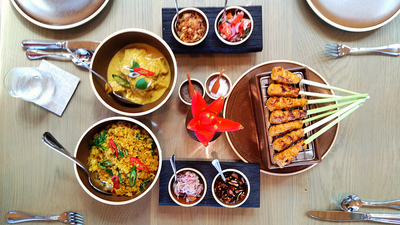
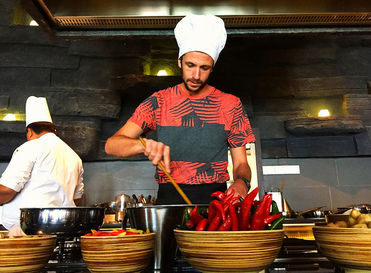
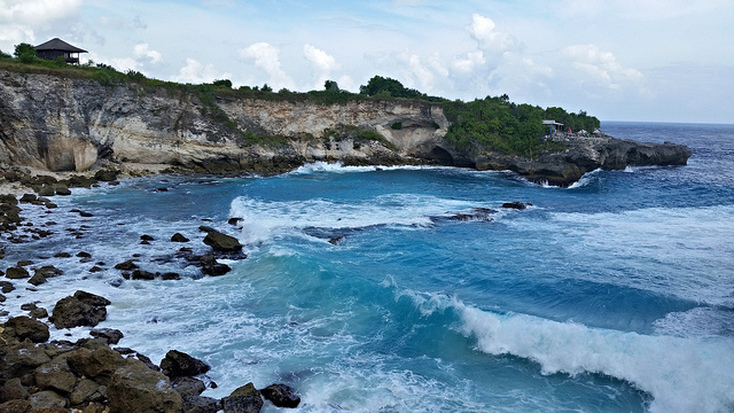
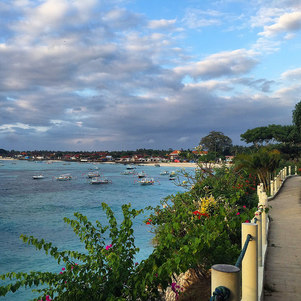
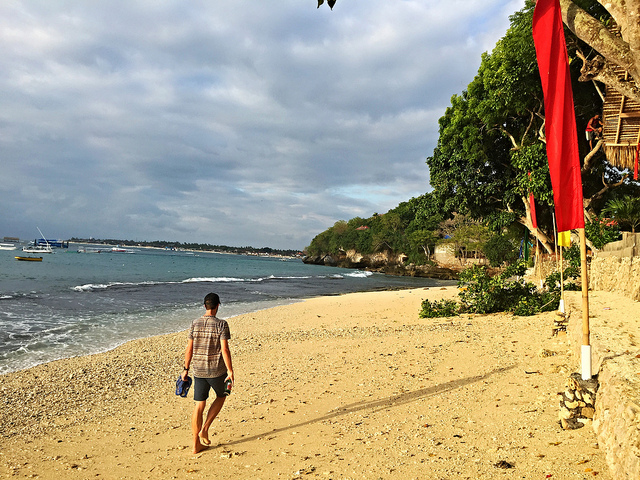
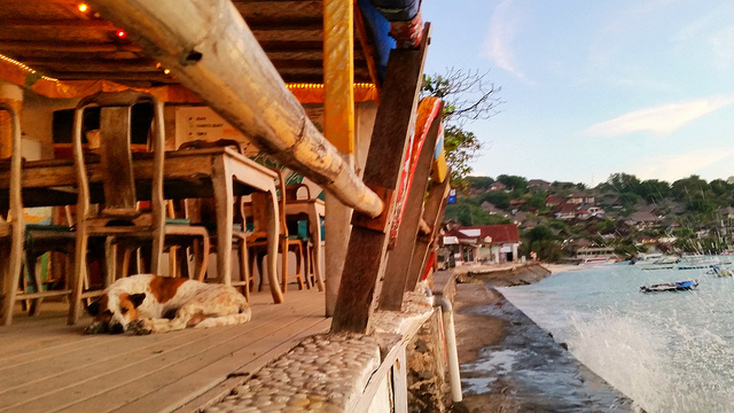
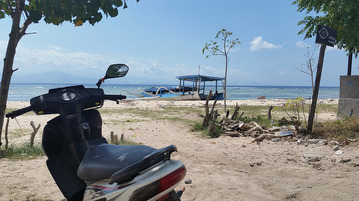
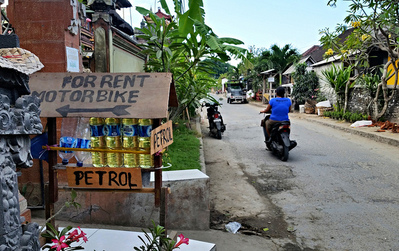
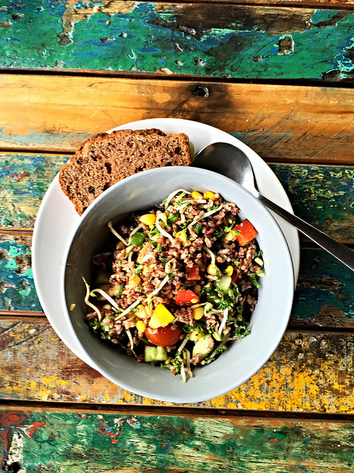
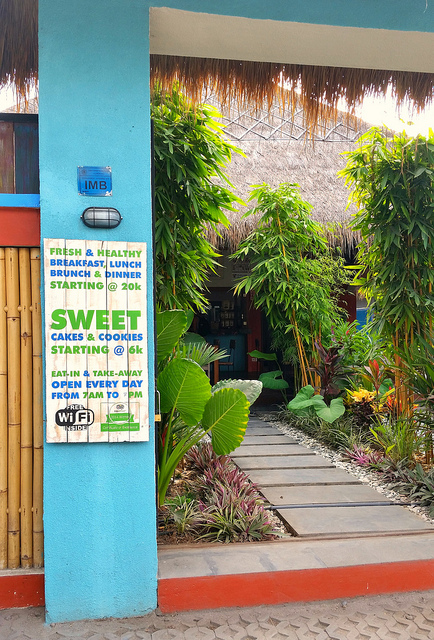
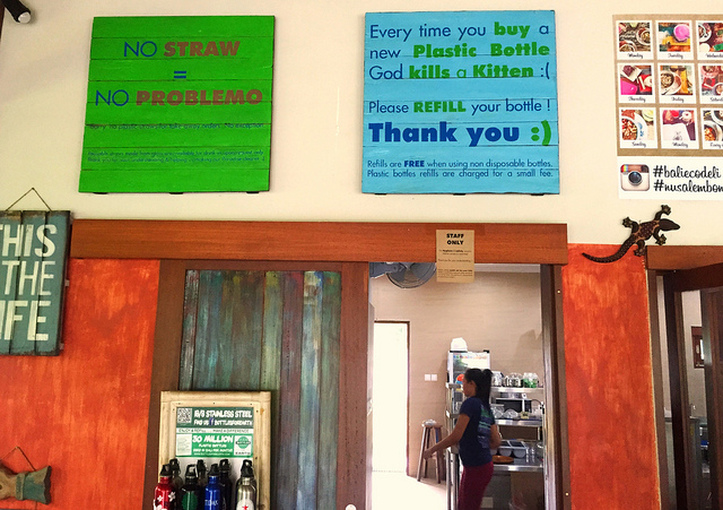
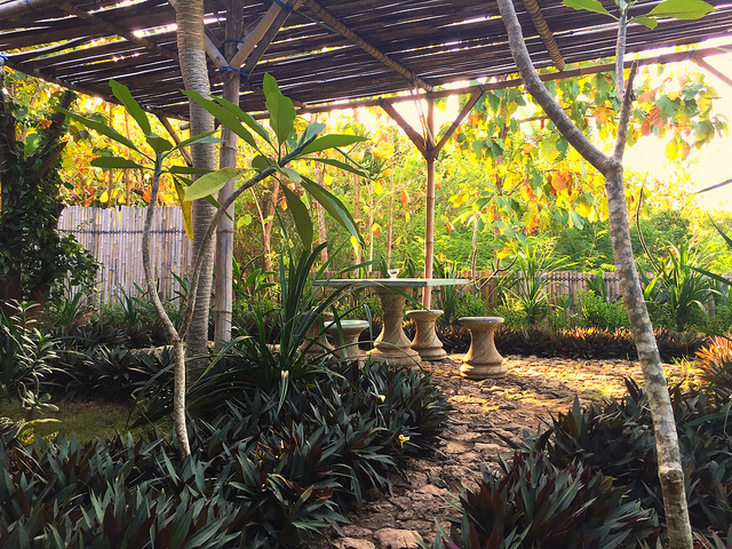
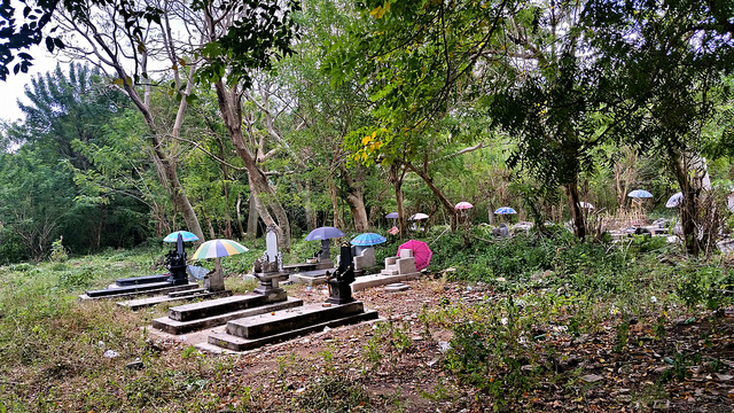
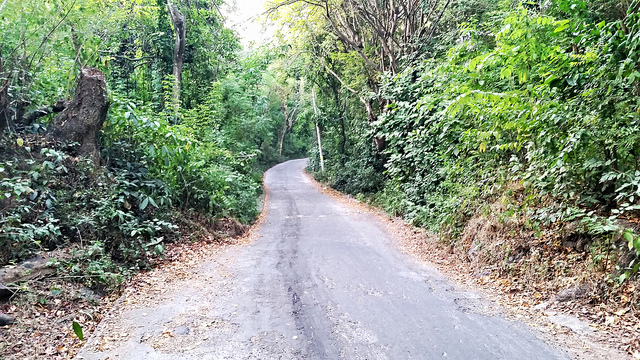
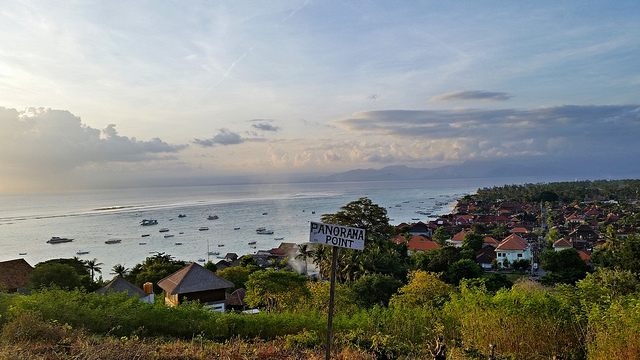
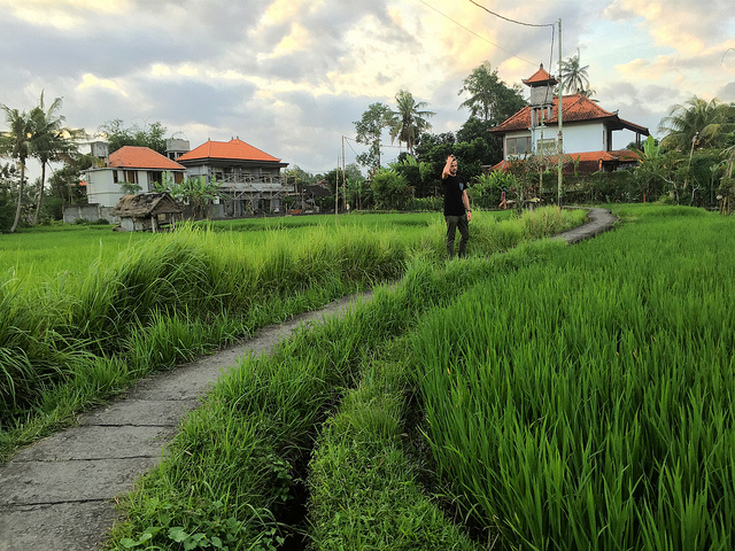
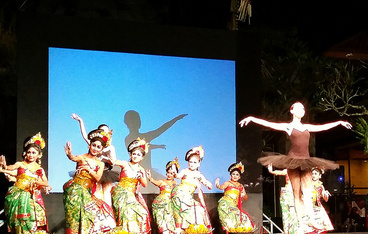
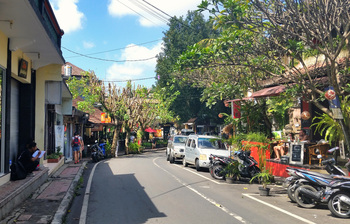
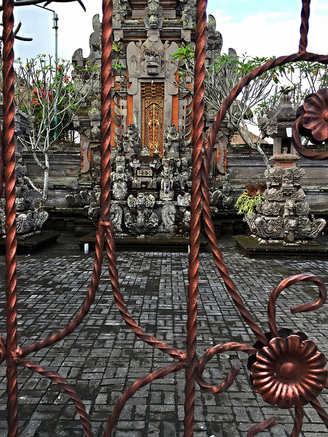
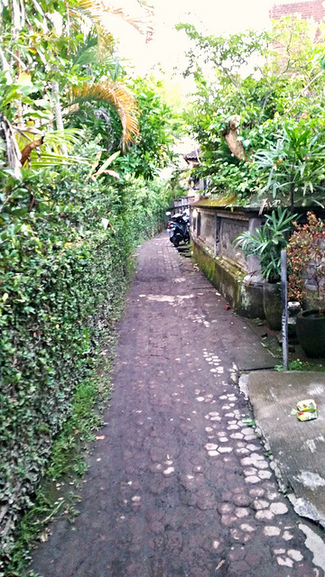
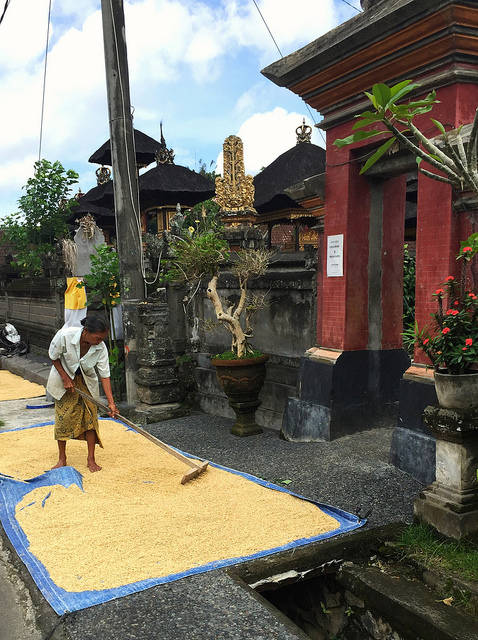
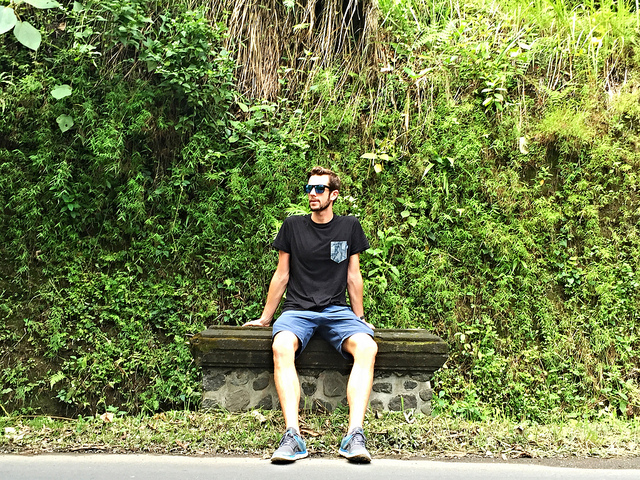
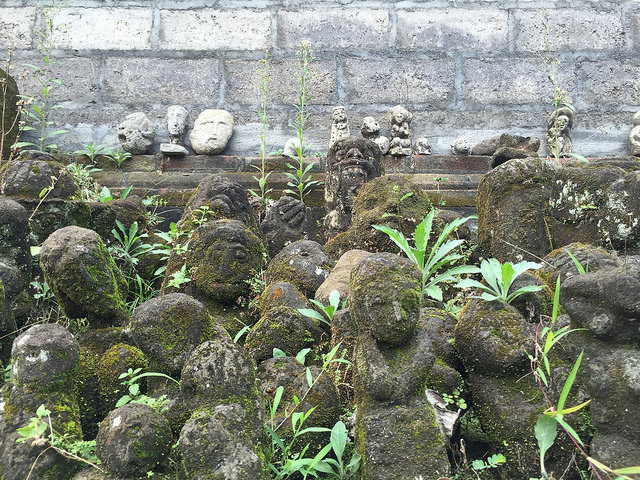
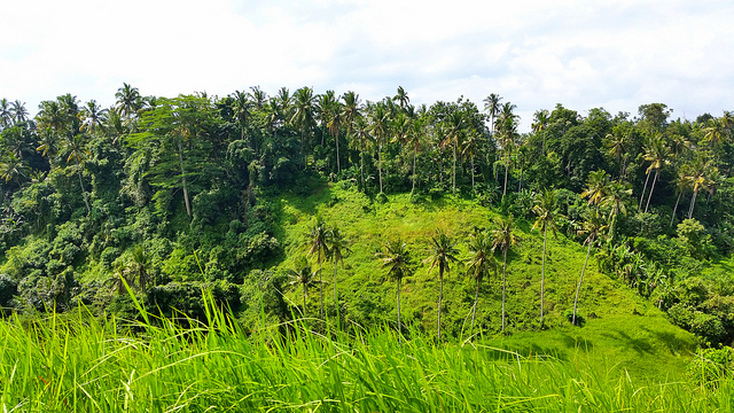
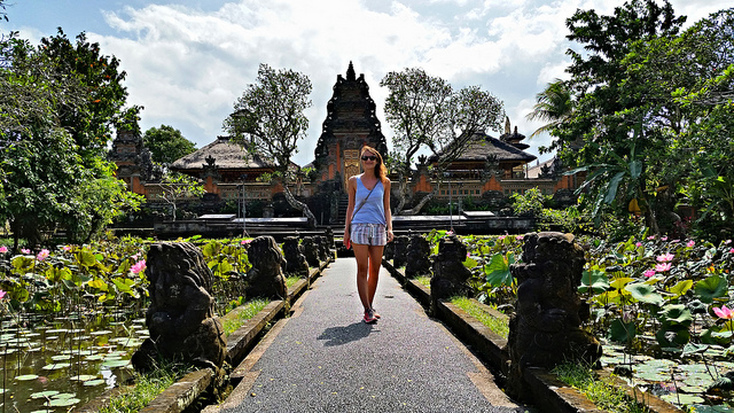
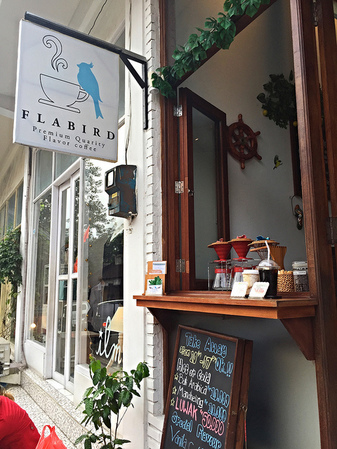
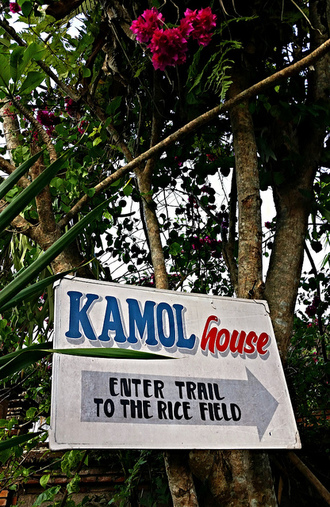
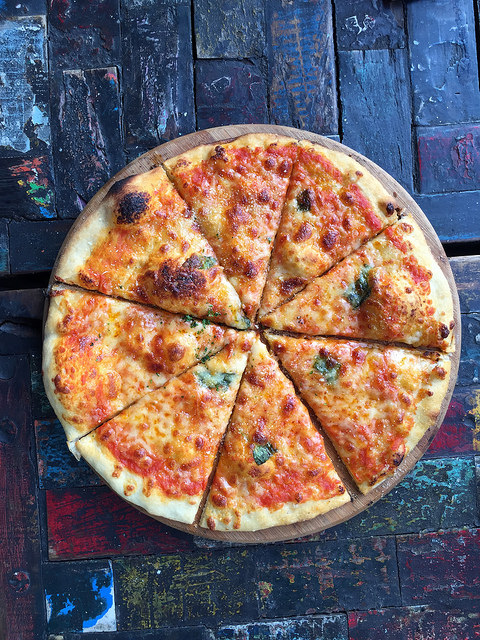
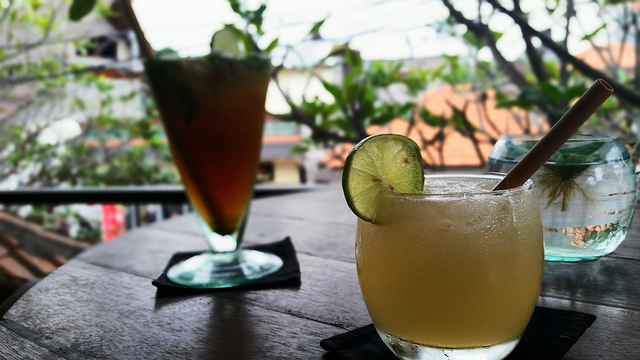
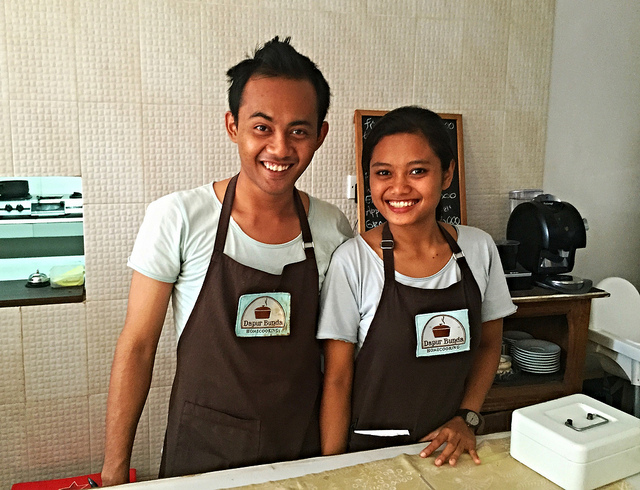
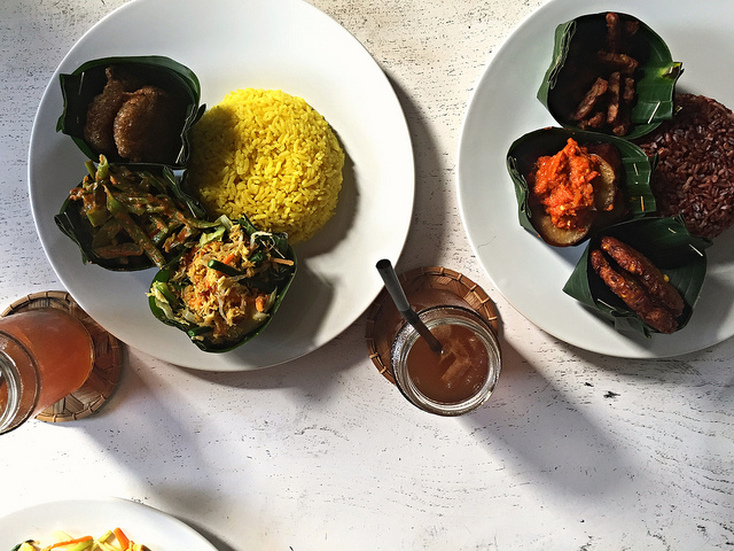
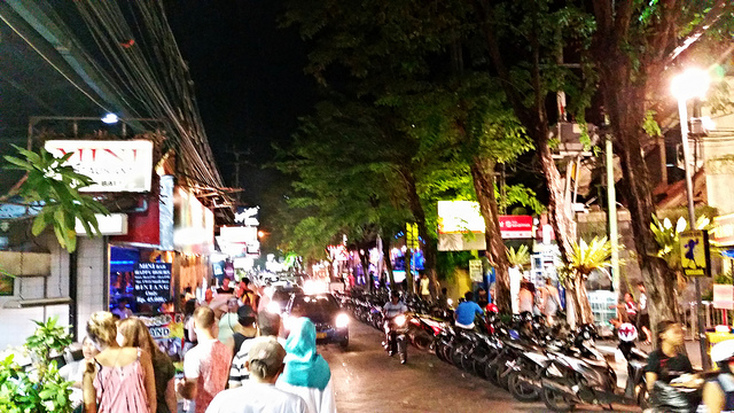
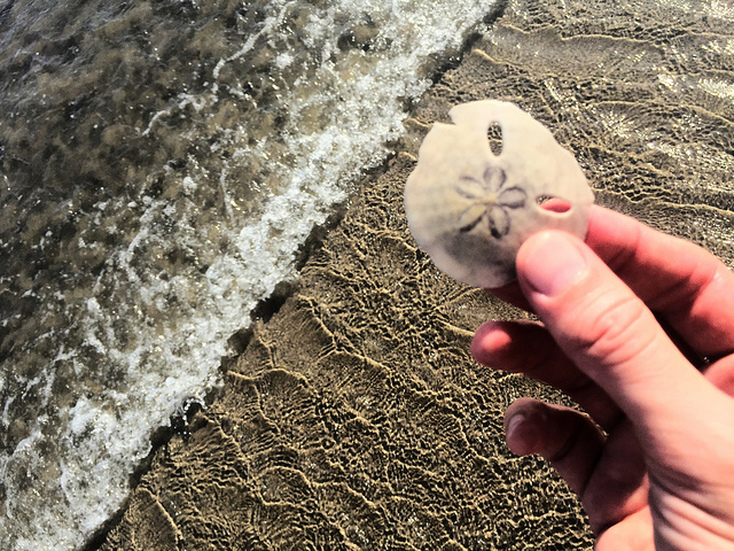
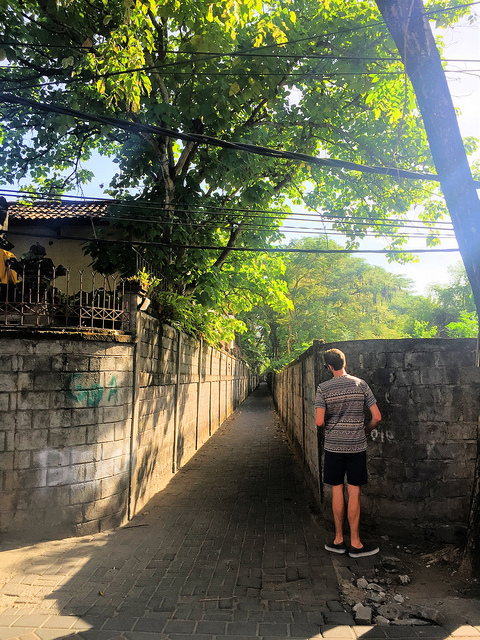
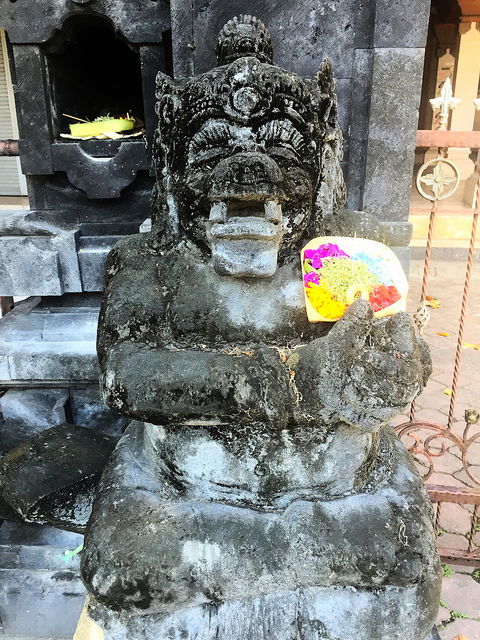
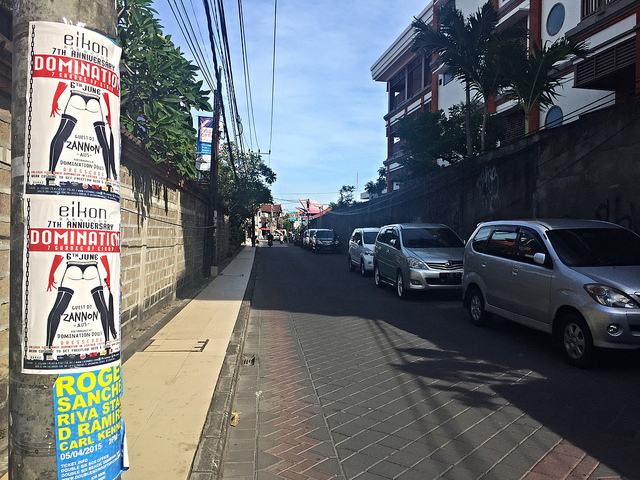
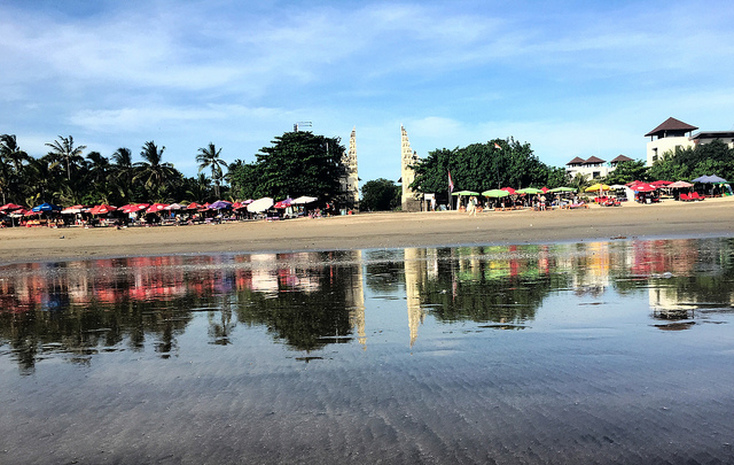
 RSS Feed
RSS Feed
